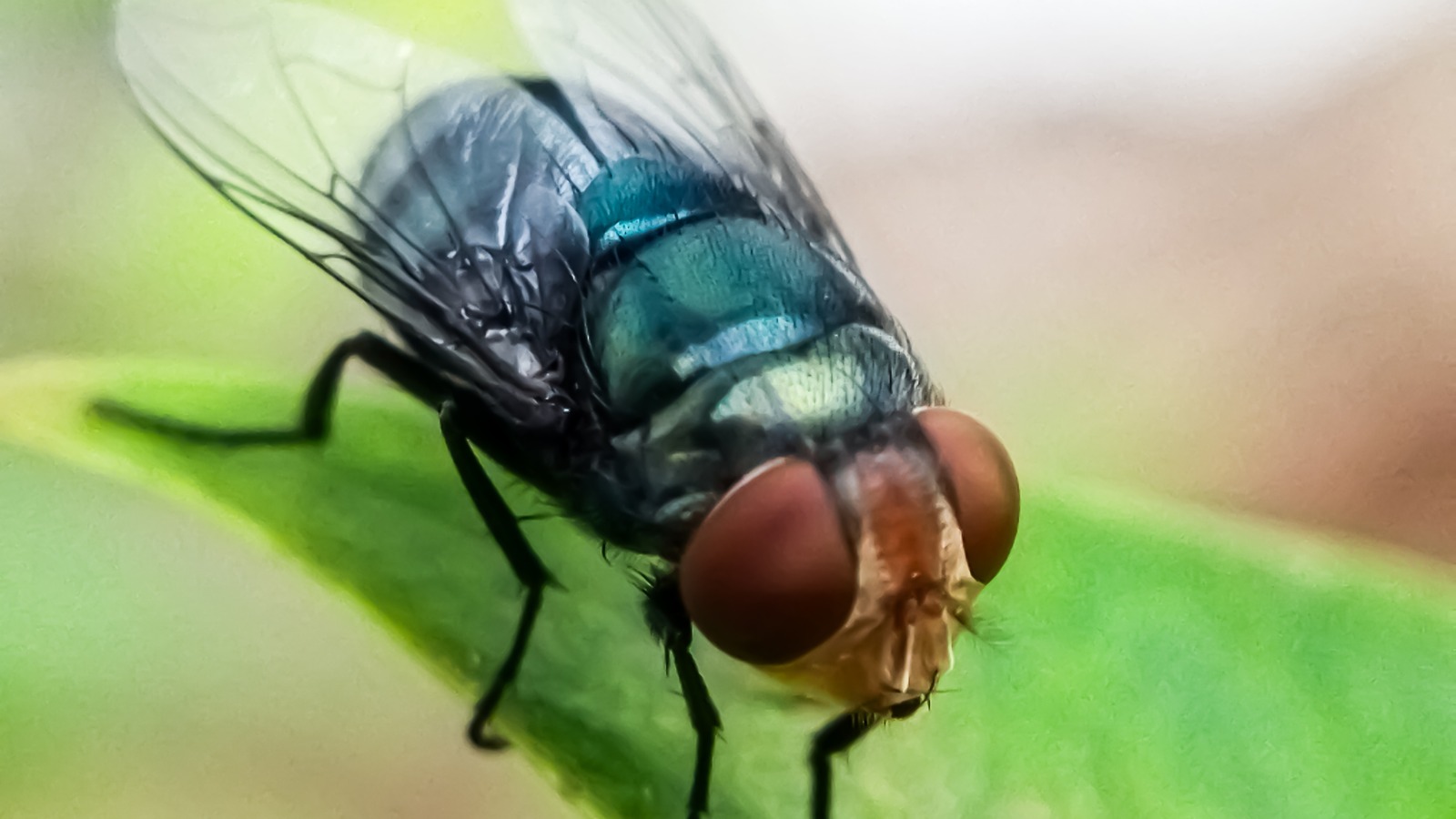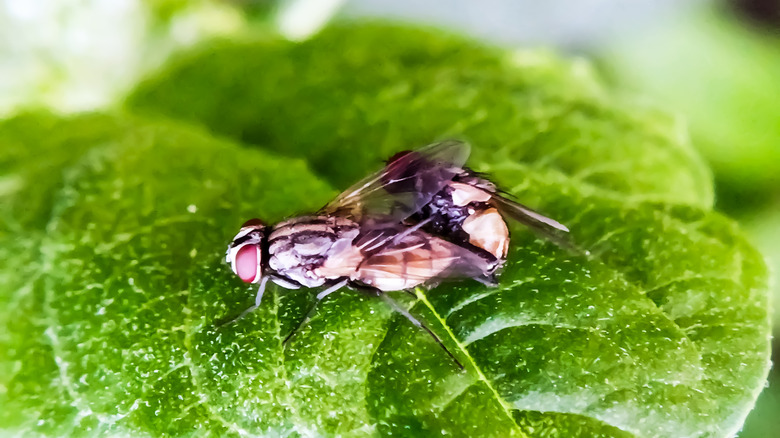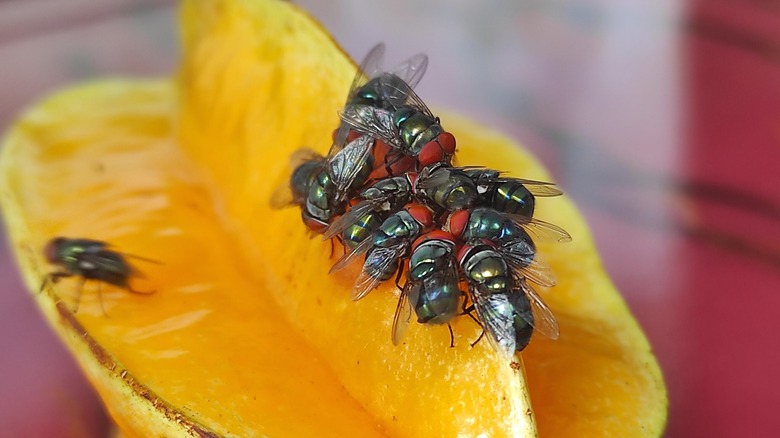The New World Screwworm (Cochliomyia hominivorax) is reappearing suddenly near U.S. borders, and its return could pose a serious threat to both human and animal health. This fly parasite infests humans and other warm-blooded animals by laying its eggs in open wounds. The resulting larvae burrow into living flesh, feeding aggressively on it and causing deep tissue damage. Secondary infections may occur if larvae are left untreated, and occasionally, death can follow, too.
The United States eradicated the New World Screwworm during the mid-20th century via large-scale control programs. However, recent outbreaks in Mexico and Central America — and one travel-associated human case in Maryland – signal that the U.S. may no longer be safe. What makes this parasite particularly dangerous is the speed at which the infestation spreads among livestock, wildlife, and even humans. The economic stakes are enormous. Loss of livestock is to be expected, but the veterinary care and biosecurity measures that need to be put in place are especially costly.
The parasite of the past
The U.S. once faced a major health and agricultural crisis catalyzed by the New World Screwworm. Infestations in livestock caused devastating economic losses throughout the early and mid-20th century. The breakthrough came with the development of the sterile insect technique (SIT) in the 1950s. Pioneered by the U.S. Department of Agriculture entomologists Edward F. Knipling and Raymond C. Bushland, the strategy was both elegant and radical. It involved sterilizing male flies in laboratories by using controlled doses of radiation. The males were then released into the environment, where they mated with wild females. No offspring were produced, and the fly population collapsed. Something similar is being attempted with the release of genetically modified mosquitos.
The program began in Florida and quickly proved successful. By the 1960s, the eradication campaign expanded across the southern United States, eventually pushing into Mexico and Central America. By 1966, the U.S. was free of a self-sustaining screwworm population, and the last case of re-infestation was reported in 1982. However, the surveillance, livestock inspections, and the release of sterile males continued. An international buffer zone was established at the Darien Gap in Panama to prevent re-infestation. This innovative program became one of the most successful examples of biological pest control in history.
Preventing the spread of the parasite is vital
In August 2025, U.S. health officials confirmed a chilling development: the first human case of the New World Screwworm infection linked to international travel. The patient, a Maryland resident who had recently returned from El Salvador, was diagnosed with myiasis caused by the Cochliomyia hominivorax. According to the U.S. Department of Agriculture and the Department of Health and Human Services, the case was treated promptly, and no secondary infections were reported. Still, this case proved that a parasite that was eradicated more than 40 years ago can easily return if we’re not careful.
As if the recent spread of a deadly rabbit virus wasn’t enough, at the same time as the Maryland confirmation came, Mexico reported new infections close to the U.S. border. The United States government responded promptly by accelerating efforts to help Mexico suppress the outbreak before it spreads to the north. Plans include expanding the SIT program by ramping up the production of males in facilities in Metapa, Mexico, and preparing a new dispersal center in South Texas. That would secure a rapid response along the border. Thousands of surveillance traps are already deployed in Texas and neighboring states to detect any incursion early.
For individuals, the lesson from Maryland is clear: prevention matters. Because screwworm flies target open wounds to lay their eggs, even small cuts should be cleaned and covered. Travelers returning from regions where screwworm remains active are urged to monitor themselves and their animals for parasites in wounds. If you notice wounds that won’t heal, unusual discharge coming out of those wounds, or visible larvae, seek immediate medical or veterinary help. Protecting against a renewed epidemic will depend on both large-scale eradication measures and everyday vigilance.











